All the roads from Cuzco leading to the jungle of Peru are “muddy, slow and dangerous,” and anyone planning to drive them should “think twice before deciding to travel overland” is the advice given in the Lonely Planet. We headed off aware of the warning and the threatening clouds on the horizon, as we really wanted to see the jungle. We had anticipated that it would take us 8 hours to reach our destination. However shortly after 10.00am we arrive at a roadblock and had to wait 2 hours before the road was opened up to traffic again.
Enlarge

Adventurouspirits
We are now concerned that we will not make Manu National Park in daylight and we while we wait we watch the clouds roll in. Finally, we are allowed to proceed. The dirt road hugs the cliffs as it winds up and over the Andes. The views are spectacular. Several hours later, the view of the jungle comes into sight and we begin the descent into the cloud forest and rainforest habitats of Manu National Park.
Enlarge
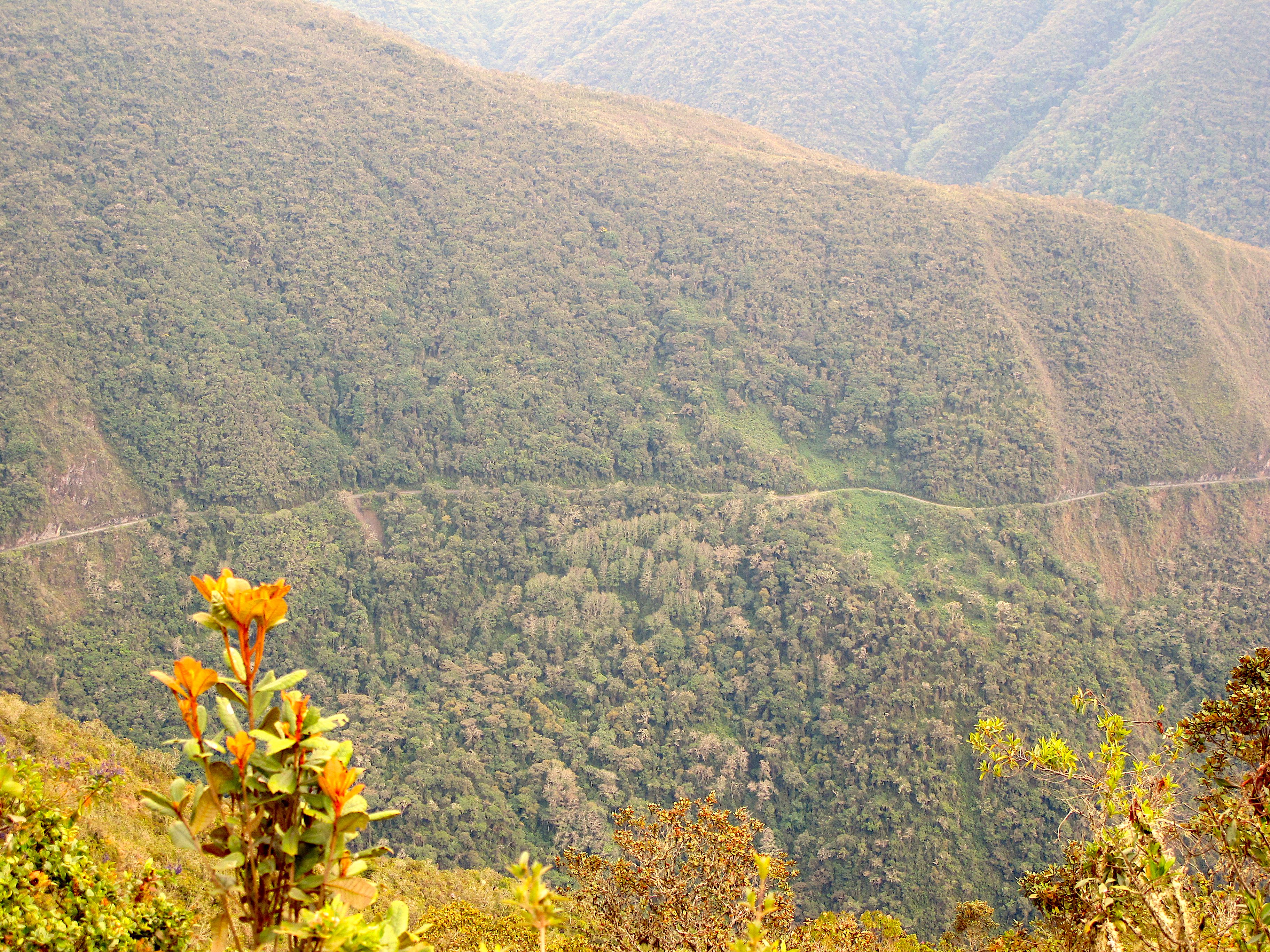
Adventurouspirits
The road narrows, it is muddy and slippery. The precipitous sides drop down1000’s of feet and I think if we slide off and drop to the bottom of the jungle, we would never be found in the dense vegetation. The muddy narrow road clings to the side of the mountain. When we meet oncoming traffic, we are forced to reverse to a spot wide enough to accommodate both vehicles. The tension level in the truck is high while Tom is reversing and I am watching the side of the road guiding him so as not to plunge ourselves over the edge.
Enlarge
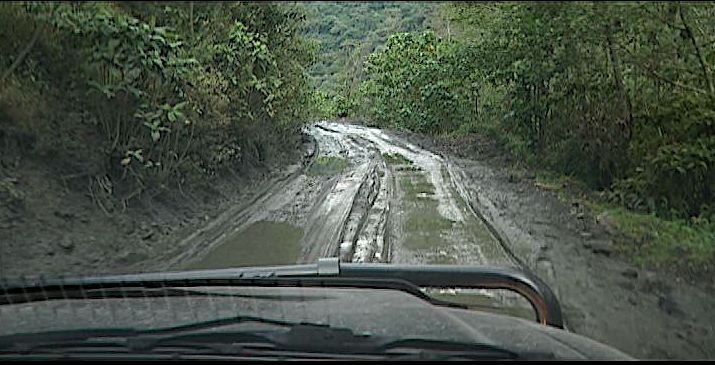
Adventurouspirits
It is starting to get dark. We pass through two tunnels cut into the mountain. Then we spot an old landslide area, which has been cleared, and which is wide enough for us to park our camper and stay the night. We set up camp and within minutes, the sun disappears over the horizon. We are in darkness, alone with the sounds of the jungle and a sense of relief that we have found a safe place to camp for the night. We are both exhausted and are soon asleep.
Enlarge

Adventurouspirits
The following morning we decide that we will not continue on, as the weather was foul and the muddy road driving unpleasant. We are more relaxed on our return journey as we know that we will be off the narrow road well before nightfall. The sights of the jungle, spectacular views and the sounds of the birds however made this journey worth it. We spend the night back in Cuzco and the following morning head for Lake Titicaca. Our time in Peru has been amazing. Peru must be one of the most diverse geographical countries in the world. It seems to offer everything; beaches, jungles, forests, glaciers, mountains, rivers, lakes and deserts. We loved the markets, the cultures, the food, the anthropological sites and the people.
Enlarge
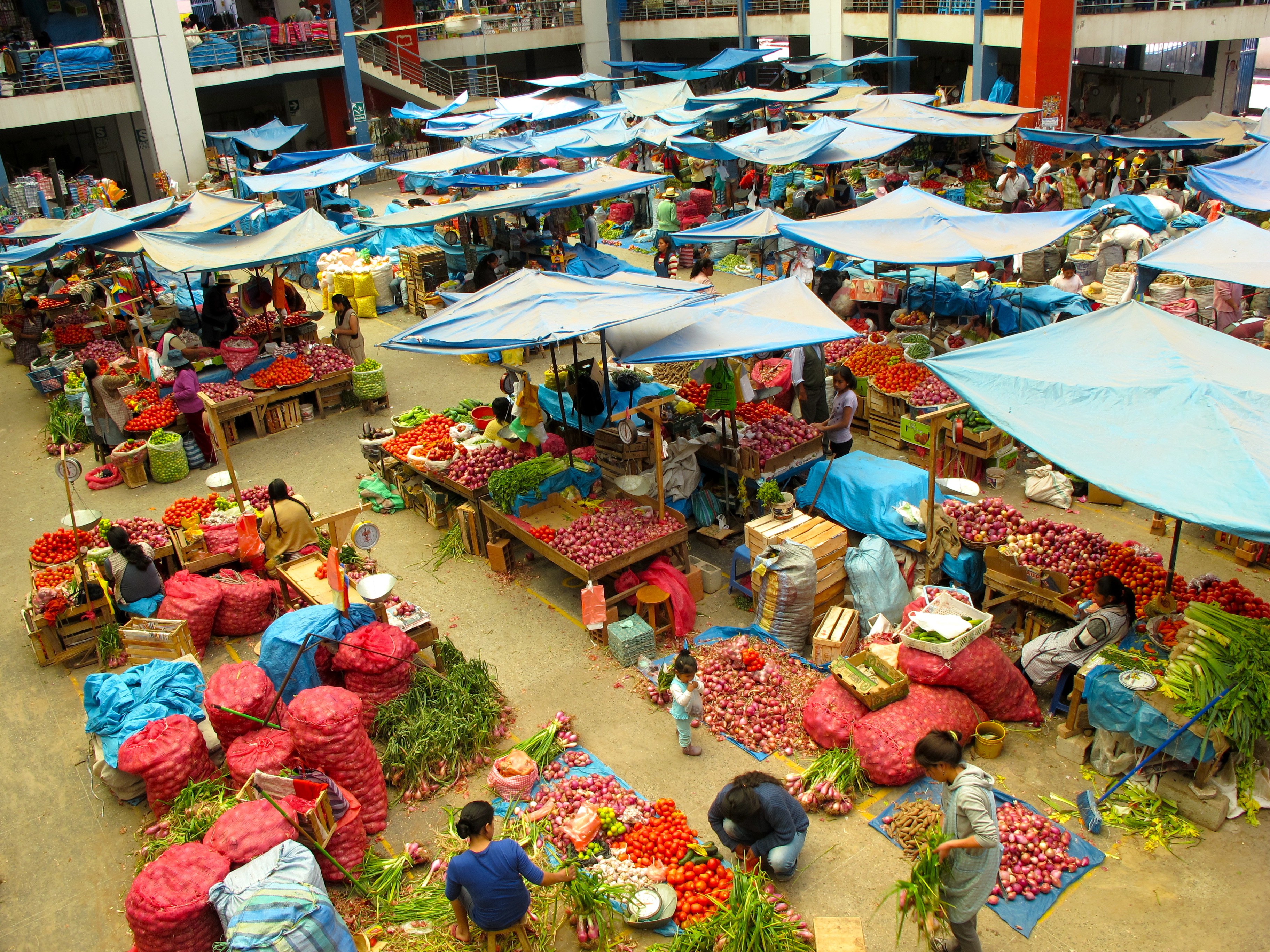
Adventurouspirits
Enlarge

Adventurouspirits
We stopped at Abra la Raya the highest point on the pass (4470m) in the Andes Mountain between Cuzco and Lake Titicaca. It is such a popular spot for tourist buses to stop that many handicraft sellers have set up their stands. It is picture perfect with mountains and glaciers in the distance.
Enlarge

Adventurouspirits
Enlarge
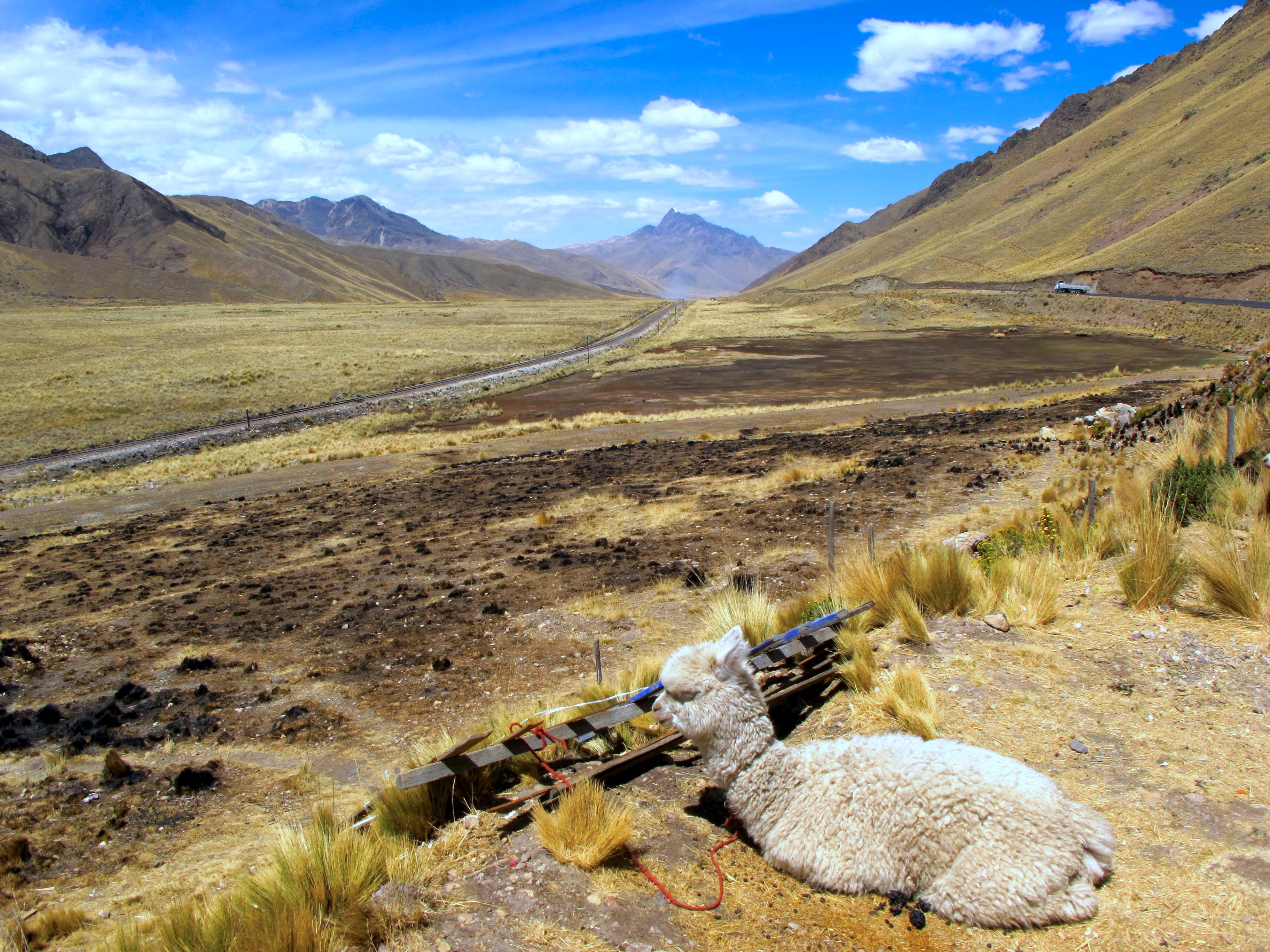
Adventurouspirits
Several road crews who are resurfacing the road slow travel. We stop and wait. The line up of traffic lengthens and people hoot in frustration. We arrive at Juliaca a town that seems to offer nothing more than congested streets and chaotic traffic. Tom jumps out of the truck while I double park and runs into a restaurant to buy us a chicken for supper. Nobody seems to mind, the traffic is so chaotic that one more double-parked truck blocking traffic is normal to them.
Enlarge

Adventurouspirits
We arrived at Sillustani as the sun is setting to camp in the parking lot and visit the funerary towers in the morning. We are pleasantly surprised to meet our friends Logan and Brianna who had just arrived and were also planning to camp in the parking lot. (We shared a shipping container with them when shipping from Panama to Colombia)
Enlarge
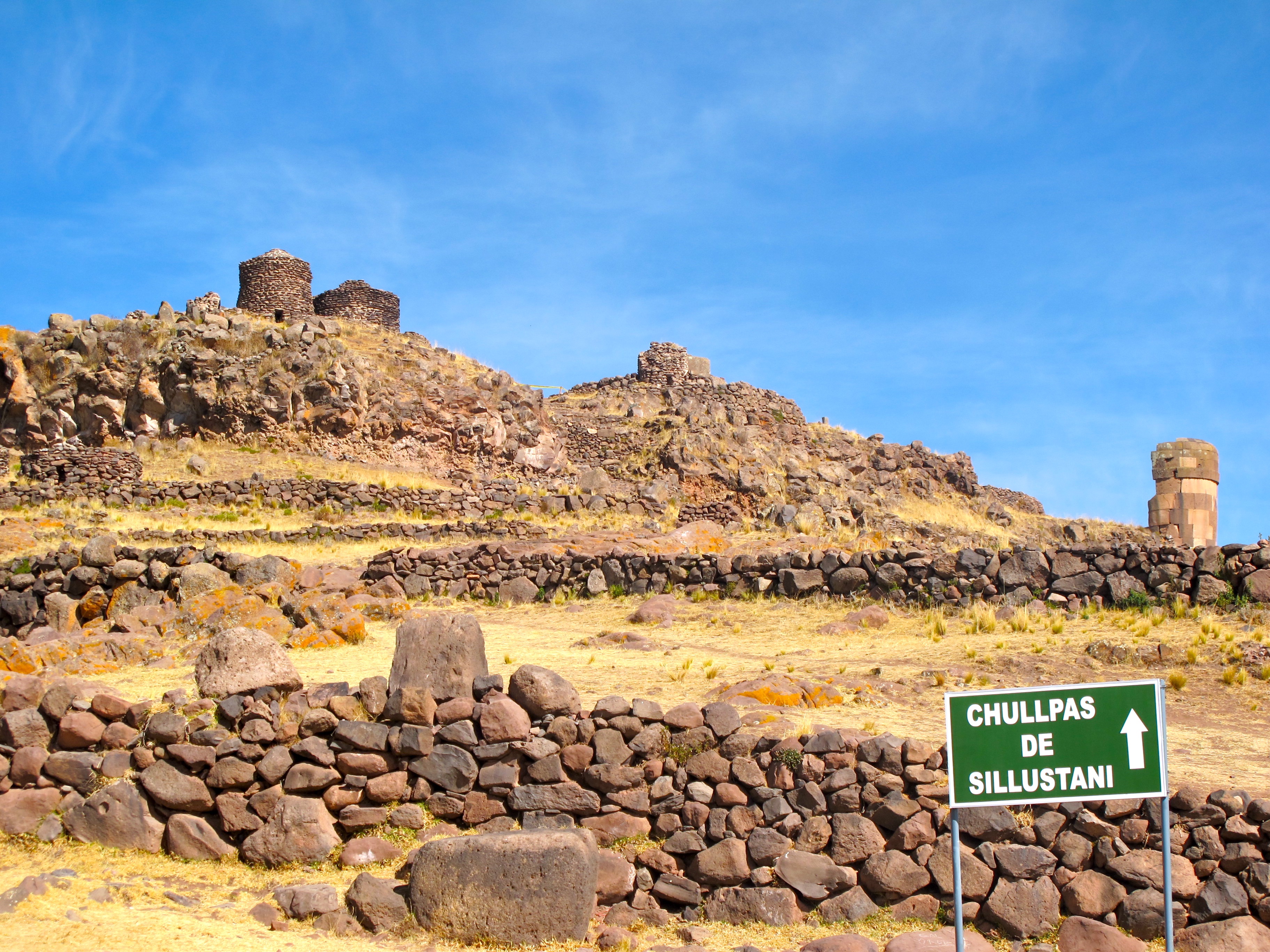
Adventurouspirits
Sharing chicken, potato salad, bread, and other snacks, wine and beers, we caught up on each other’s news. We had arranged with the night watchman to visit the museum later that evening. With flashlights in hand, the museum is unlocked and the guide shows us the skeletons, mummies, pots and other articles retrieved from the funerary towers.
Enlarge
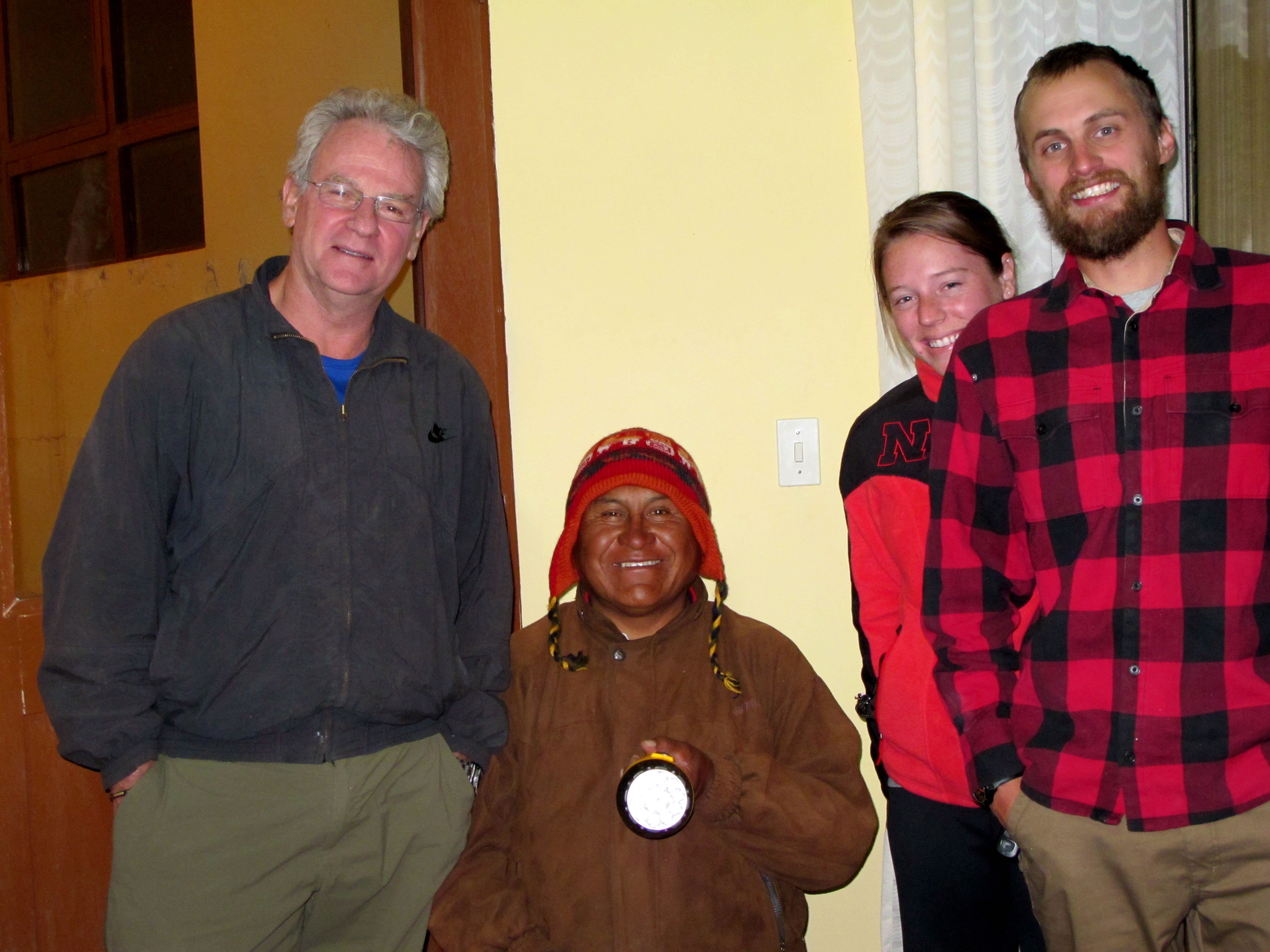
Adventurouspirits
Enlarge
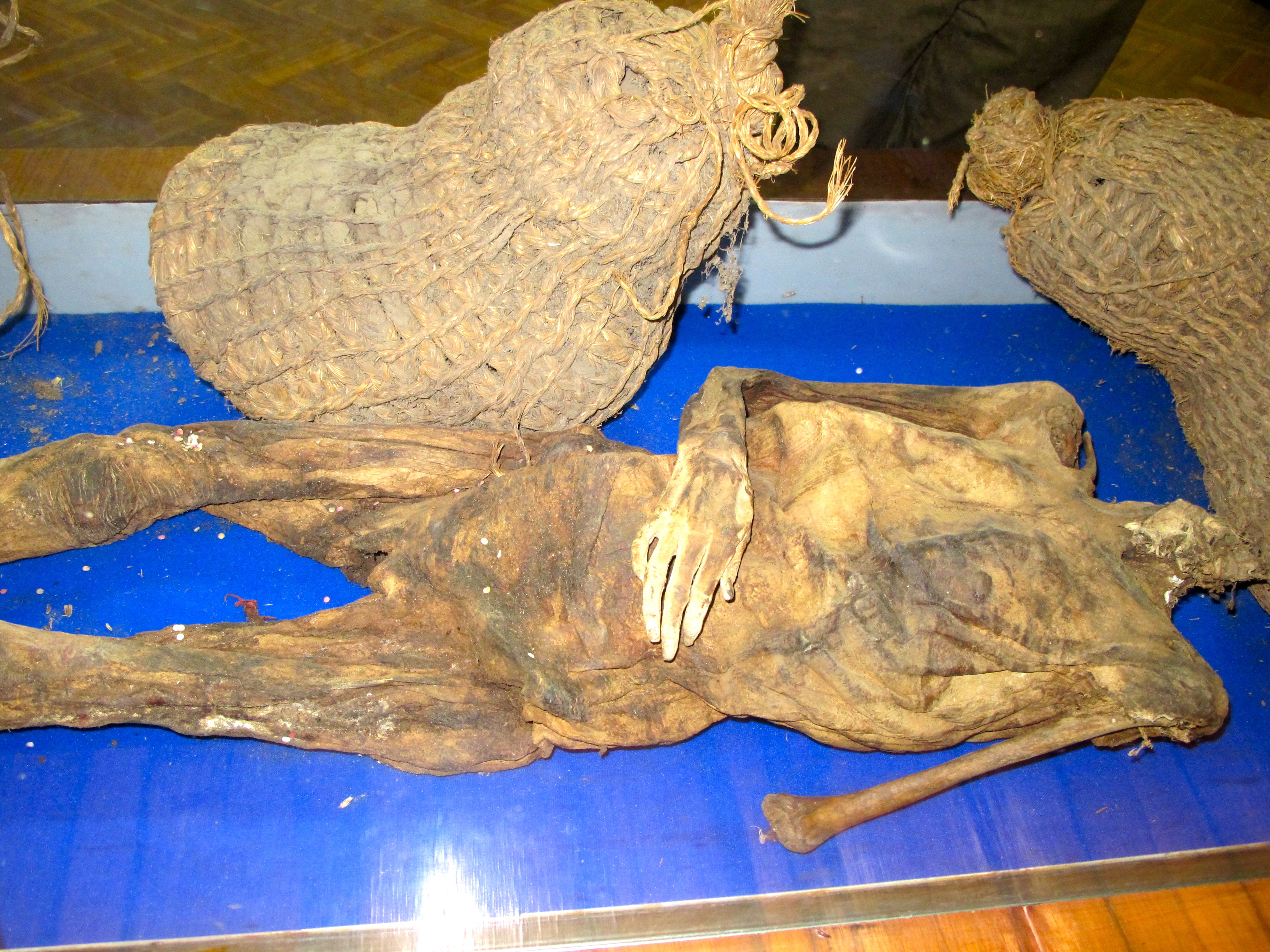
Adventurouspirits
The ancient pre Ica burial grounds Sillustani is located on Lake Umayo’s peninsula. The Colla people buried their nobility in funerary stone towers structures called chullpas. The above ground burial structures contained the remains of entire family groups. The deceased were buried with possessions and articles to be used in the after life. There is a small opening facing east at the bottom of each structure. This opening was sealed once everything was in the tomb. The deceased were not mummified intentionally but due to the dry environment created by the closed tombs, they have survived for centuries.
Enlarge
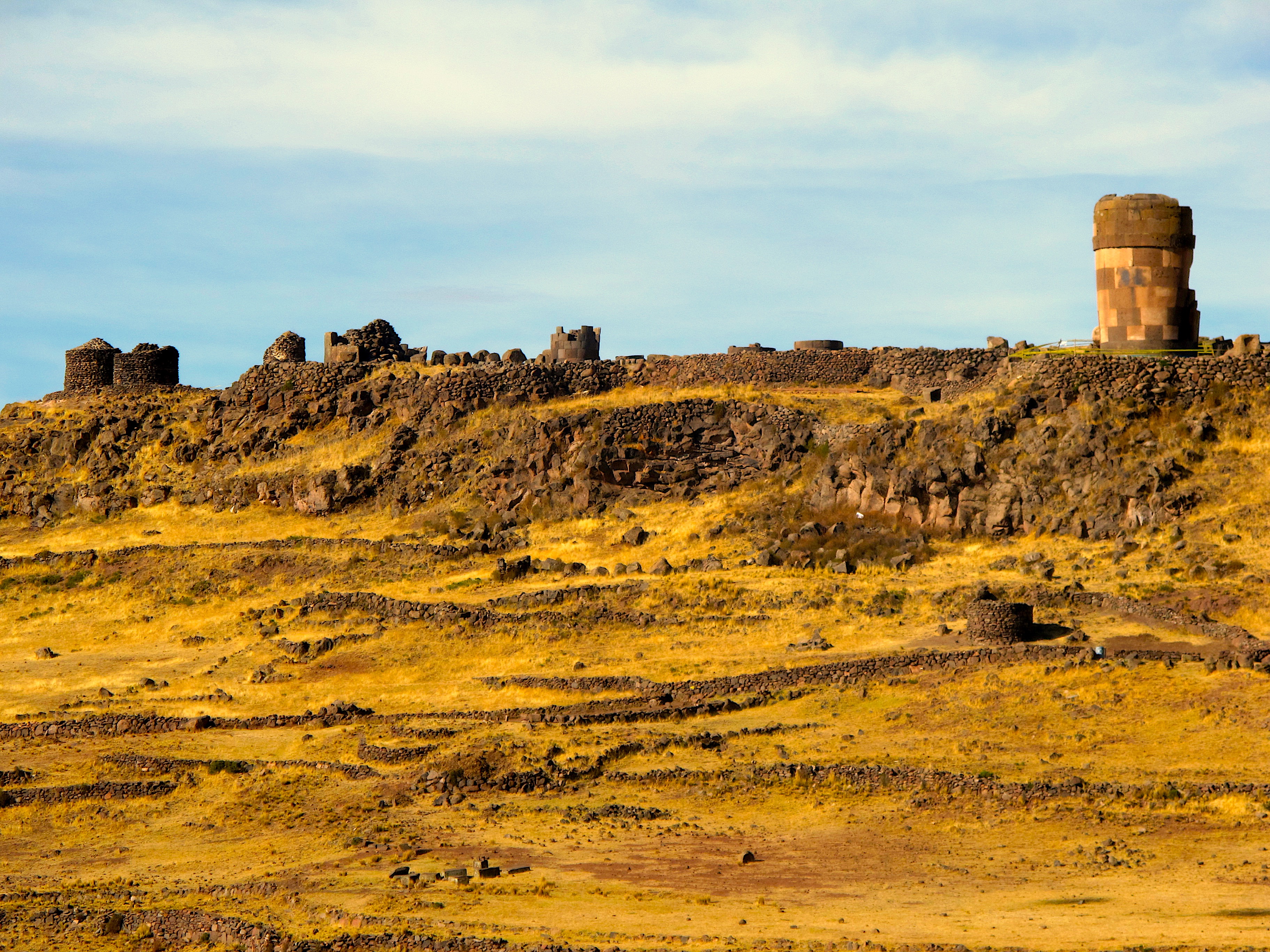
Adventurouspirits
Enlarge

Adventurouspirits
Soon it was time to say goodbye to Logan and Brianna and head for Lake Titicaca. This lake is located on the border of Peru and Bolivia and at 3,811 m (12,500ft) above sea level; it is the highest commercially navigable lake in the world. It is also freezing cold.
Enlarge

Adventurouspirits
One of the unique aspects about this lake are the floating Uros islands. We take a boat out to visit some of these intriguing islands. The islands are made from a reed that is found in the shallow part of the lake, and the islands have become a major tourist attraction of Peru. Their original purpose was defensive, and they could be moved if a threat arose from the Incas. Many of the islands contain watchtowers largely constructed of reeds. Only a select few Uros islands are open to tourists and we are shown how the people live on the islands.
Enlarge

Adventurouspirits
Enlarge

Adventurouspirits
We arrive at an island and are greeted by the locals. We are taught the local greeting “kamisaraki’ and shown how a reed island is constructed and anchored to the lake bottom. We are then introduced to a family who dress us up in local dress and show us how they live on the island. It is like visiting a “living museum.”
Enlarge

Adventurouspirits
Enlarge
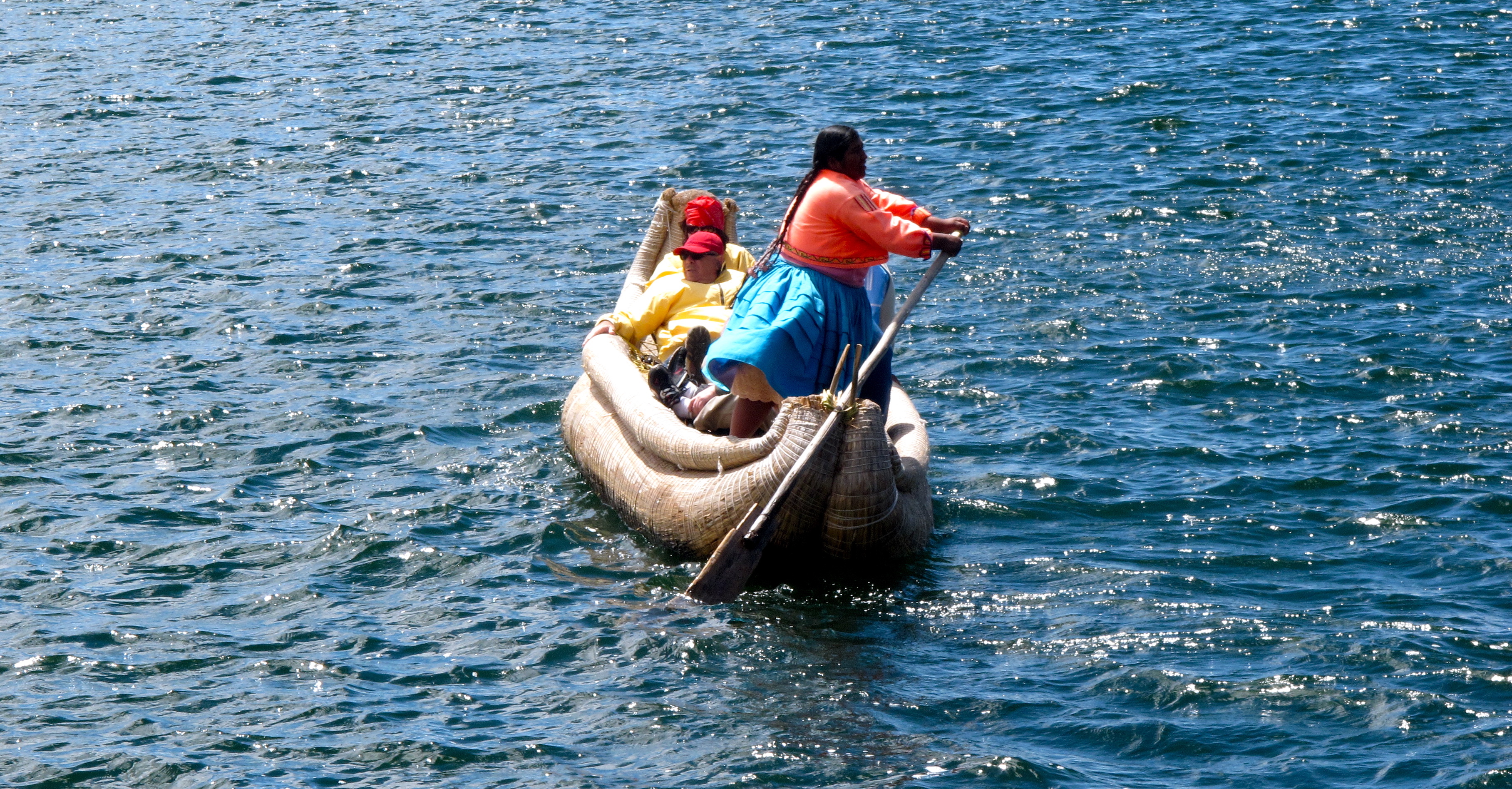
Adventurouspirits
Enlarge

Adventurouspirits
They are a warm and gentle people who make us feel very welcome. We try to go out on the lake on one of their larger reed boats but the wind is to strong and we are blown back to shore.
Enlarge

Adventurouspirits
Although they are an ancient culture, they have embraced modern technology including, solar panels, TVs, radios, postal services and many more. The kids attend school and they have floating hospitals and restaurants. It is incredible to see how adaptable people and how efficiently the surrounding environment can be used to provide for all their needs.
Enlarge

Adventurouspirits
I especially enjoy the Peruvian children. They are all so delightful, what a rich cultural and diverse country they live in. We have loved our journey across Peru and are sad to say “ciao.” Today we leave for Bolivia.
Enlarge

Adventurouspirits
